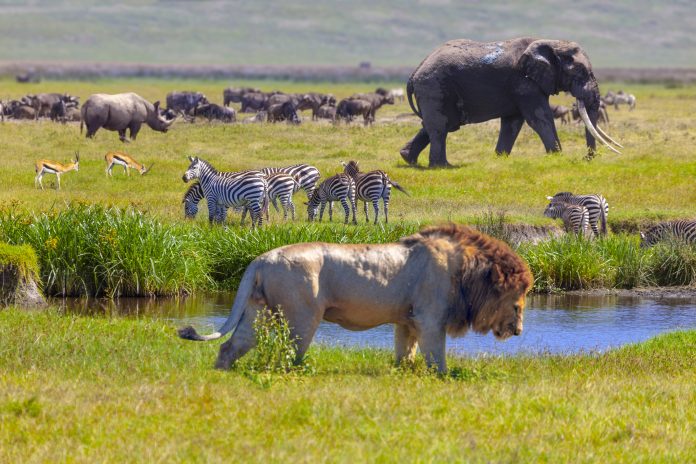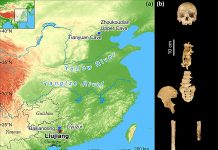A recent study conducted by researchers from McGill University, with scientists from Spain, Mexico, Portugal, Denmark, Australia, South Africa, and various Canadian Universities, explores the significance of temperature in determining the current habitats of animal species
This research aims to enhance our understanding of how a warming climate could influence the future distribution of these species as they encounter new and possibly unpredictable living conditions due to increasing global temperatures.
To investigate this, the researchers conducted tests to assess the role of temperature as a limiting factor for a species’ potential habitat range. They compared the current habitats of 460 cold-blooded animal species with the areas and temperatures where they could potentially reside based on their temperature tolerance.
Sensitivity of species to climate change
The study revealed that in contrast to ocean-dwelling species, terrestrial animals such as reptiles, amphibians, and insects exhibit habitat ranges less directly affected by temperature.
The researchers noted that species at higher latitudes are less inclined to inhabit areas near the equator with temperatures within their tolerance range. Instead of temperature tolerance, the study suggests that negative interactions with other species, such as competition or parasitism, may be crucial in preventing these species from occupying certain potential habitats.
“It was not surprising to find that temperature doesn’t always limit species ranges, but what was surprising was that, despite the complexity, we found general patterns in the role that temperature plays across species,” said lead author of the study published in Nature Ecology & Evolution and PhD student in the Department of Biology, Nikki A. Moore.
“It was not surprising to find that temperature doesn’t always limit species ranges,”
“This research helps us to understand general patterns in how sensitive the distributions of different cold-blooded animal species might be to changes in temperature, which will help us to predict how the global distribution of species will change because of climate change.”
Pattern predicting species distribution
The observed pattern identified by Moore and his colleagues aids in reconciling two opposing hypotheses regarding the distribution of life on Earth.
Although these findings offer valuable insights into how species in various ecosystems and across latitudes may respond to climate change, the next phase of this research involves validating these predictions with real-world observations of species range shifts, according to the researchers.
They emphasise that accurately predicting and testing how species distributions react to temperature changes relies on robust observations of their current habitats. The researchers encourage public participation in advancing our understanding of species distributions through citizen science initiatives, such as utilising applications like iNaturalist.














